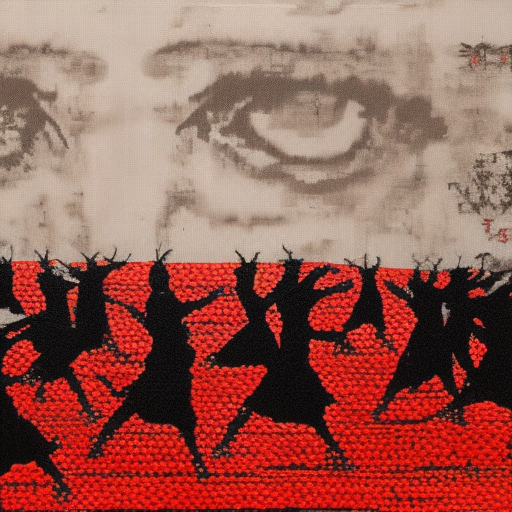Inglourious Basterds
Summary: In Nazi-occupied France during World War II, a group of Jewish-American soldiers known as the “Inglourious Basterds” plan to assassinate high-ranking Nazi officials, while a young Jewish woman seeks revenge for her family’s death.
Director: Quentin Tarantino
Writer: Quentin Tarantino
Main Cast:
- Brad Pitt as Lieutenant Aldo Raine
- Mélanie Laurent as Shosanna Dreyfus
- Christoph Waltz as Colonel Hans Landa
- Eli Roth as Sergeant Donny Donowitz
- Diane Kruger as Bridget von Hammersmark
- Michael Fassbender as Lieutenant Archie Hicox
Music Director: Ennio Morricone
Director of Photography: Robert Richardson
Producers: Lawrence Bender, Quentin Tarantino
Plot:
In “Inglourious Basterds,” Lieutenant Aldo Raine leads a group of Jewish-American soldiers on a mission to kill as many Nazis as possible. Meanwhile, Shosanna Dreyfus, a young Jewish woman, plans her own revenge against the Nazis for the murder of her family.
The film is divided into chapters, each focusing on different characters and their intertwining stories. Colonel Hans Landa, a cunning and ruthless SS officer, becomes a central figure as he hunts down Jews hiding in France. Shosanna, now operating under a new identity, owns a cinema where she plans to execute a plan to burn down the theater during a Nazi propaganda film premiere.
As the Basterds continue their mission, they team up with British Lieutenant Archie Hicox and German actress and spy Bridget von Hammersmark. Together, they plan to infiltrate the premiere and kill Hitler and other high-ranking Nazi officials.
The tension builds as the characters’ paths converge at the cinema. However, unexpected events and betrayals lead to a violent and explosive climax, altering the course of history.
Themes and Motifs:
One of the central themes in “Inglourious Basterds” is revenge. The characters, driven by personal vendettas, seek to avenge the atrocities committed by the Nazis. The film also explores the power of cinema and its ability to shape public opinion and influence history. Tarantino uses various motifs, such as the swastika, film reels, and the use of multiple languages, to enhance the storytelling and create a unique cinematic experience.
Reception and Legacy:
Upon its release in 2009, “Inglourious Basterds” received critical acclaim for its bold storytelling, memorable characters, and Tarantino’s signature dialogue. The film was nominated for eight Academy Awards, including Best Picture and Best Director, and won the award for Best Supporting Actor for Christoph Waltz’s outstanding performance as Colonel Hans Landa.
The film’s impact on cinema is undeniable. It showcases Tarantino’s mastery of blending genres and his unique storytelling style. “Inglourious Basterds” has become a cult classic and is often regarded as one of Tarantino’s best films.
Recommendation:
“Inglourious Basterds” is a must-watch for fans of Quentin Tarantino and those who appreciate unconventional storytelling. The film combines elements of war, revenge, and dark humor, creating a thrilling and thought-provoking experience. With its stellar cast, gripping plot, and Tarantino’s trademark style, “Inglourious Basterds” is a cinematic masterpiece that should not be missed.
Memorable Quote:
Colonel Hans Landa: “I love rumors! Facts can be so misleading, where rumors, true or false, are often revealing.”












